Spark Plug Burn Chart
Spark Plug Burn Chart. They have a longer insulator tip and they achieve a temperature higher than the deposition zone relatively fast. replace spark plugs Oil Fouling • Appearance: Black burn marks (carbon tracks) running vertically down the spark plug insulator towards the shell • Cause: Current discharge from the top terminal of the spark plug, down the outside of the insulator to earth; due to poor fitting/worn spark plug boot • Effect: Engine misfire Electrodes have been burned away, core nose has burned, glazed appearance. Ceramic tip is broken and missing from the firing tip.
Pretty sure your plug labels are incorrect; the rich one is right but the lean and optimal should be swapped round… a lean mixture increases the heat of combustion and tends to glaze the ceramic of the spark plug and burn off any deposits that may have accumulated, leading to the very white, clean insulator on the right of the picture.
Normal Appearance: A light tan/gray or brownish color, along with very little electrode erosion, indicates optimal operation conditions, including a healthy engine and correct spark plug heat range.
When these conditions prevail, even a plug of the correct heat range will overheat. Lead glazing Probably doesn't happen with unleaded fuel. Spark plug heat range is the relative temperature of the spark plug's core nose.
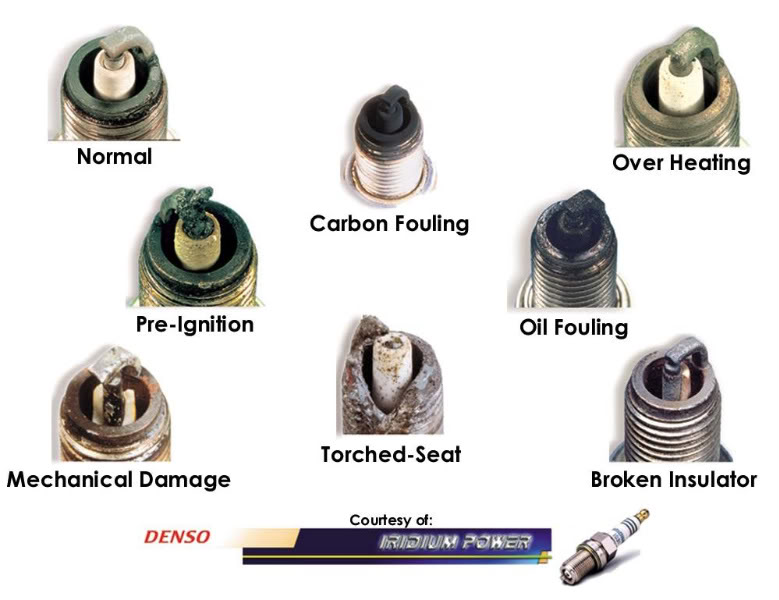
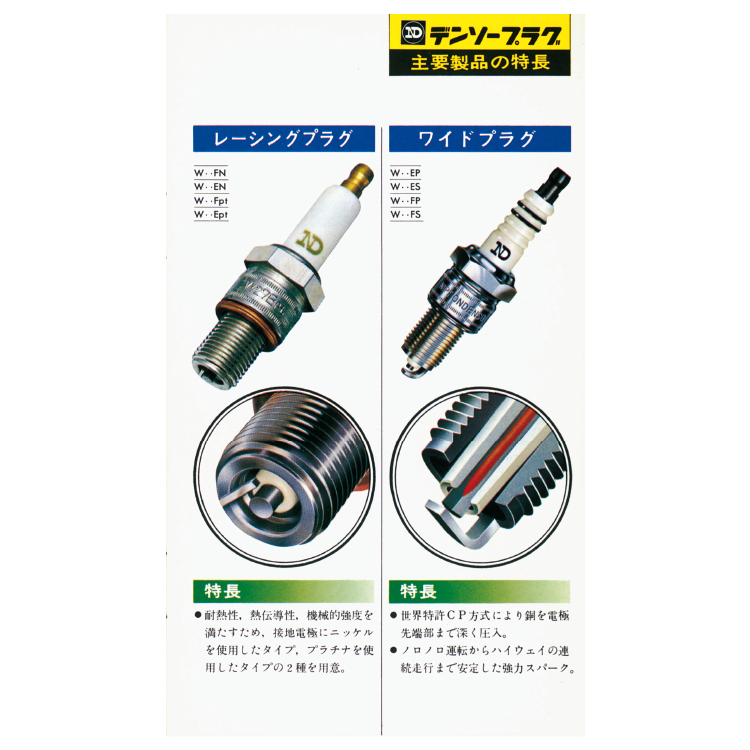
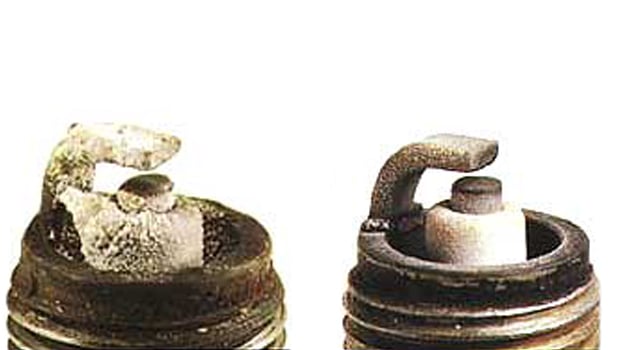



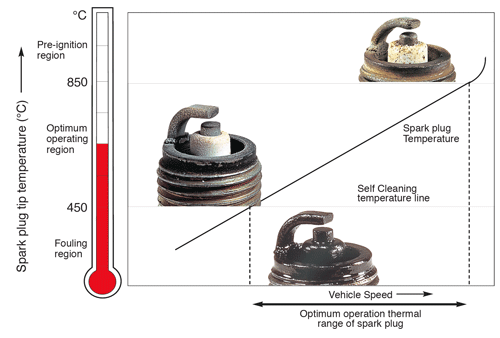
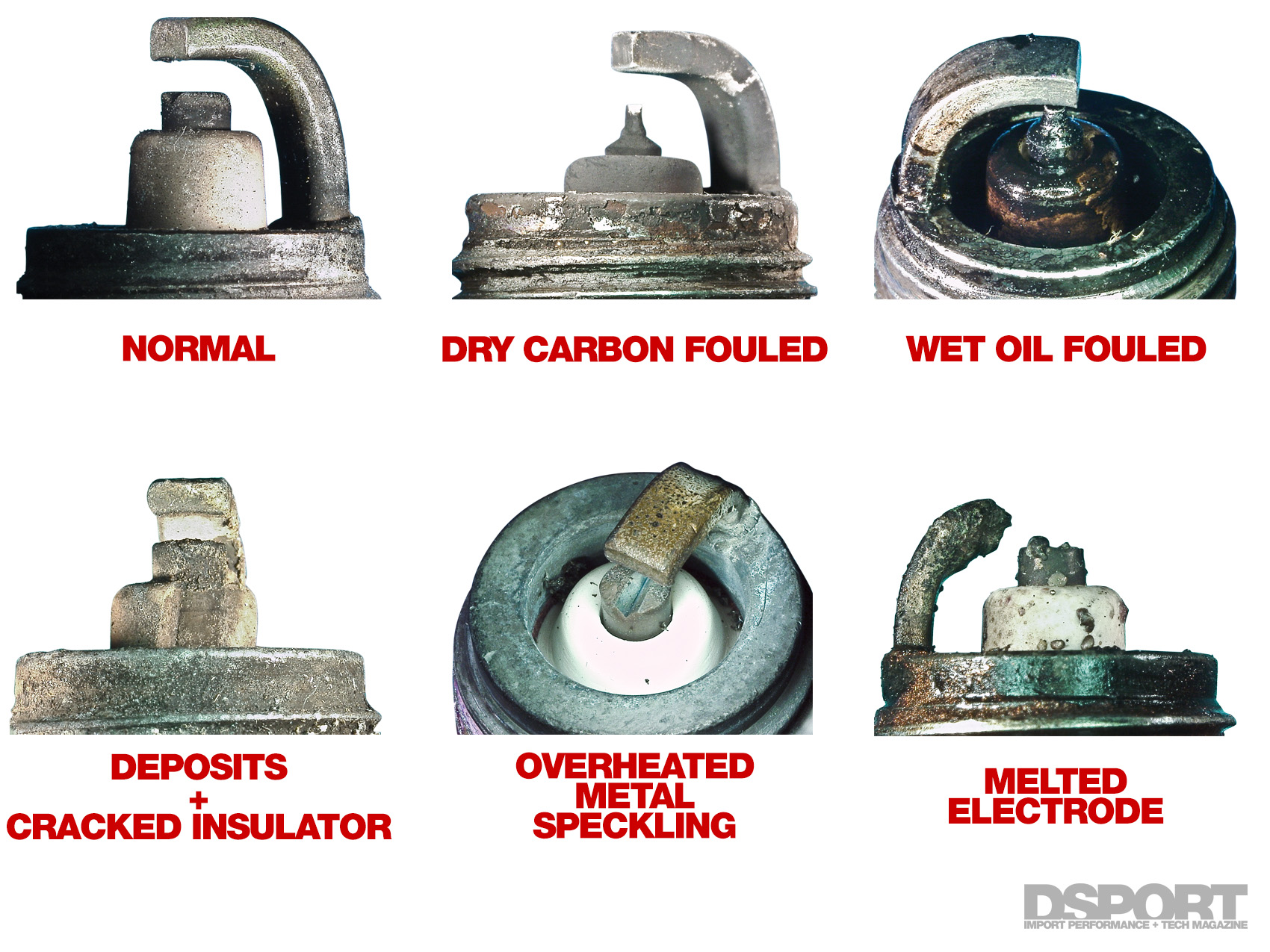

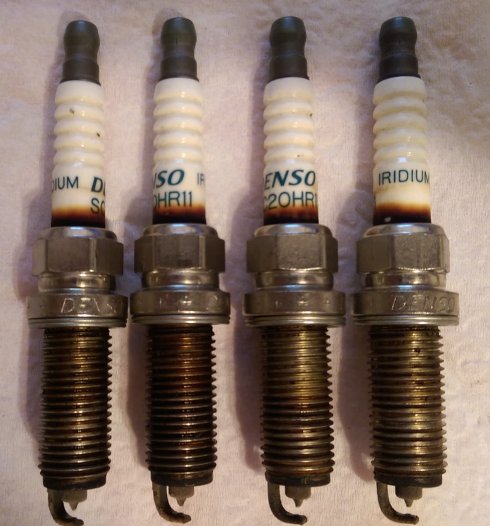
Comments
Post a Comment